Fault Diagnosis of Analog Circuit Based on Multi-Input Convolution
DOI: 10.23977/jeis.2022.070115 | Downloads: 57 | Views: 1714
Author(s)
Bin Gong 1, Xianjun Du 1,2
Affiliation(s)
1 College of Electrical and Information Engineering, Lanzhou University of Technology, Lanzhou 730050, China
2 Key Laboratory of Gansu Advanced Control for Industrial Processes, Lanzhou University of Technology, Lanzhou 730050, China
Corresponding Author
Bin GongABSTRACT
Due to the low ability of fault feature extraction in analog circuits, it is impossible to classify components in analog circuits. A multi-input convolutional neural network (MIL-CNN) model based on attention mechanism is proposed. In the fault diagnosis experiment, the circuit of the two-stage four-op amplifier double-second order low-pass filter of the model has better comprehensive performance and can effectively realize the efficient classification and location of all faults.
KEYWORDS
Analog circuit, multiple-convolutional neural networks, Feature fusion, Fault diagnosisCITE THIS PAPER
Bin Gong, Xianjun Du, Fault Diagnosis of Analog Circuit Based on Multi-Input Convolution. Journal of Electronics and Information Science (2022) Vol. 7: 89-93. DOI: http://dx.doi.org/10.23977/jeis.2022.070115.
REFERENCES
[1] SAI S V A, LONG B, PECHT M. Diagnostics and prognostics method for analog electronic circuits [J]. IEEE Transactions on Industrial Electronics, 2013, 60 (11): 5277-5291.
[2] AO Y, SHI Y, WEI Z, et al. An approximate calculation of ratio of normal variables and its application in analog circuit fault diagnosis [J]. Journal of Electronic Testing Theory & Applications, 2013, 29 (4): 555-565.
[3] TANG X, XU A. Practical analog circuit diagnosis basedon fault features with minimum ambiguities [J]. Journal
of Electronic Testing, 2016, 32(1): 1-13.
[4] TADEUSIEWICZ, MICHAL, HALGAS, et al. A method for local parametric fault diagnosis of a broad class of analog integrated circuits [J]. IEEE Transactions on Instrumentation and Measurement, 2018, 67(2): 328-337.
[5] DUAN C D, HE Z J, JIANG H K. Fault feature extraction using nonlinear wavelet transform [J]. Journal of Vibration Engineering, 2005(1): 129-132.
[6] COHEN A, TIPLICA T, KOBI A. Design of experiments and statistical process control using wavelets analysis [J]. Control Engineering Practice, 2016, 49(4): 129-138.
[7] TADEUSIEWICZ, MICHAL, HALGAS, et al. A New Approach to Multiple Soft Fault Diagnosis of Analog BJT and CMOS Circuits [J]. IEEE Transactions on Instrumentation and Measurement, 2015, 64(10): 2688-2695.
[8] LEI Y, JIA F, LIN J, Et al. An intelligent fault diagnosis method using unsupervised feature learning towards mechanical big data [J]. IEEE Transactions on Industrial Electronics, 2016, 63 (5): 3137-3147.
[9] GAN X SH, GUO W M, ZHE D, et al. Research on WNN soft fault diagnosis for analog circuit based on adaptive UKF algorithm [J]. Applied Soft Computing, 2017, 50(C): 252-259.
[10] FANG F, LI L, GU Y, et al. A novel hybrid approach for crack detection [J]. Pattern Recognition, 2020, 107: 107474.
[11] SU X, CAO C, ZENG X, et al. Application of DBN and GWO-SVM in analog circuit fault diagnosis [J]. Scientific Reports, 2021, 11(1): 1-14.
[12] ZHANG L, QI Q, YUE S, et al. Application of DE-ELM in analog circuit fault diagnosis [C]. Prognostics and System Health Management Conference. IEEE, 2017, 1-6.
[13] ZHANG C L, HE Y G, DU B L. Analog circuit incipient fault diagnosis method based on DBN feature extraction [J]. Chinese Journal of Scientific Instrument, 2019, 40(10): 112-119.
[14] GOODFELLOW I J, POUGET-ABADIE J, MIRZA M, et al. Generative adversarial networks [J]. Advances in Neural Information Processing Systems, 2014, 3: 2672-2680.
[15] HE Z, LIU H, WANG Y, et al. Generative adversarial networks-based semi-supervised learning for hyperspectral image classification [J]. Remote Sensing, 2017, 9 (10): 1042.
| Downloads: | 13857 |
|---|---|
| Visits: | 588006 |
Sponsors, Associates, and Links
-
Information Systems and Signal Processing Journal
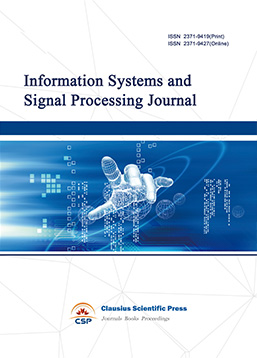
-
Intelligent Robots and Systems
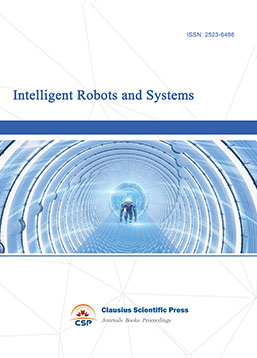
-
Journal of Image, Video and Signals
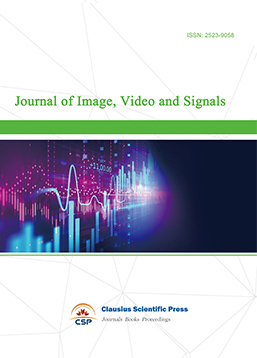
-
Transactions on Real-Time and Embedded Systems
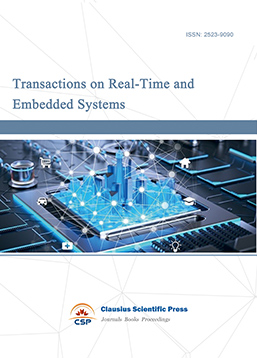
-
Journal of Electromagnetic Interference and Compatibility
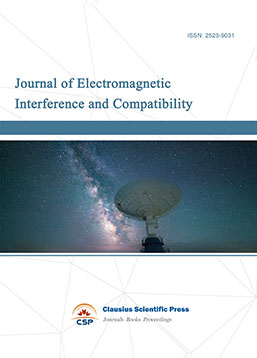
-
Acoustics, Speech and Signal Processing
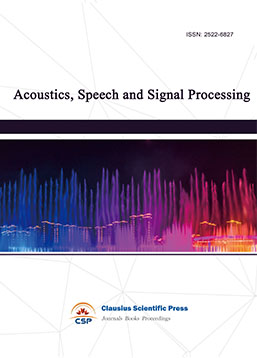
-
Journal of Power Electronics, Machines and Drives
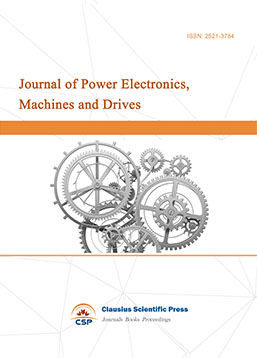
-
Journal of Electro Optics and Lasers
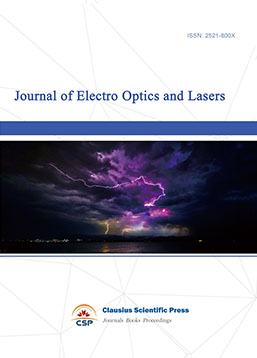
-
Journal of Integrated Circuits Design and Test
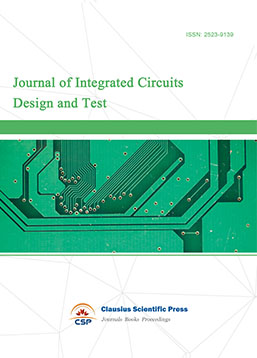
-
Journal of Ultrasonics
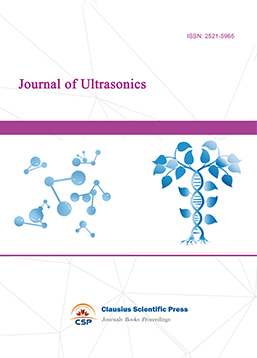
-
Antennas and Propagation
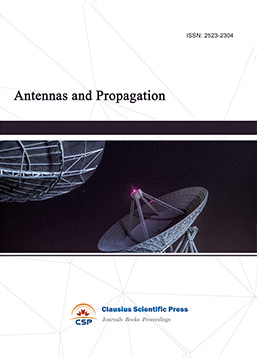
-
Optical Communications
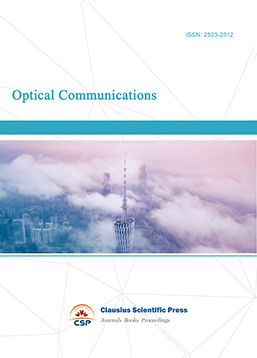
-
Solid-State Circuits and Systems-on-a-Chip
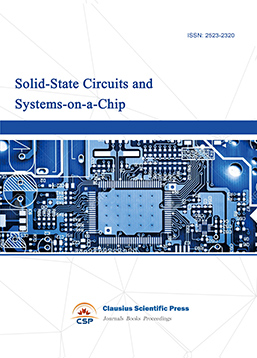
-
Field-Programmable Gate Arrays
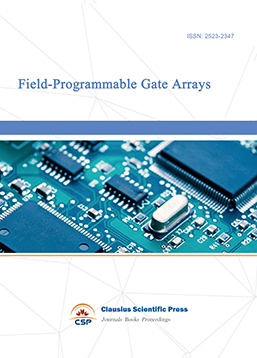
-
Vehicular Electronics and Safety
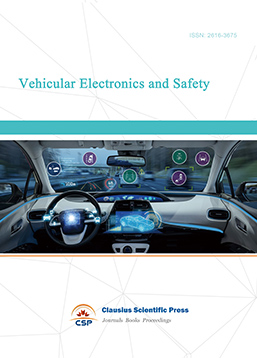
-
Optical Fiber Sensor and Communication
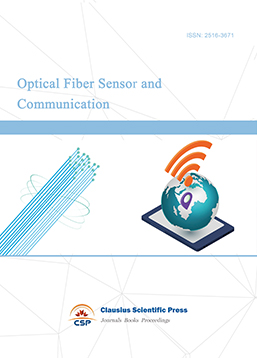
-
Journal of Low Power Electronics and Design
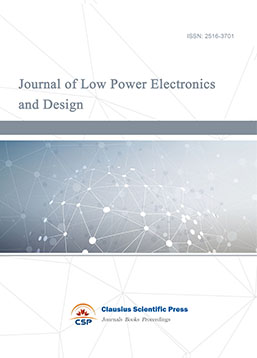
-
Infrared and Millimeter Wave
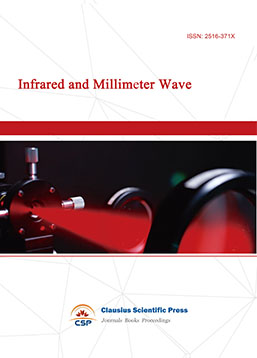
-
Detection Technology and Automation Equipment
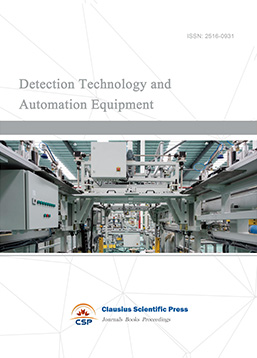
-
Journal of Radio and Wireless
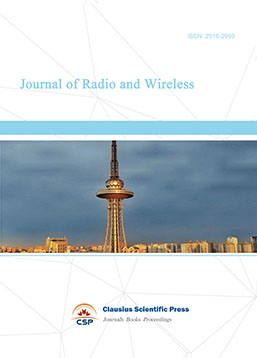
-
Journal of Microwave and Terahertz Engineering
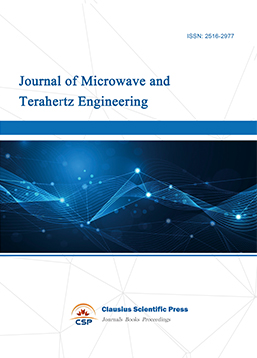
-
Journal of Communication, Control and Computing
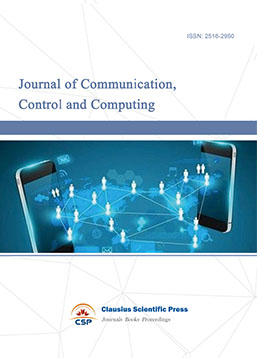
-
International Journal of Surveying and Mapping
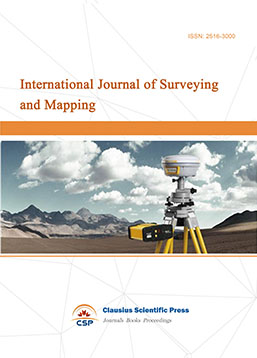
-
Information Retrieval, Systems and Services
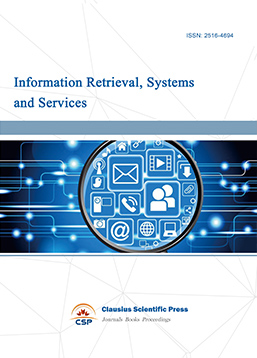
-
Journal of Biometrics, Identity and Security
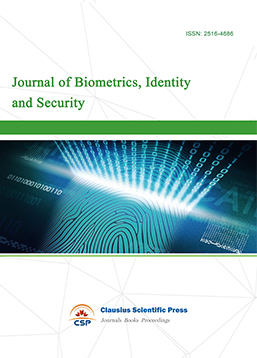
-
Journal of Avionics, Radar and Sonar
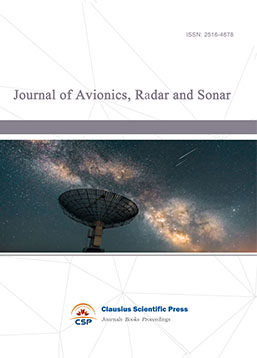

 Download as PDF
Download as PDF